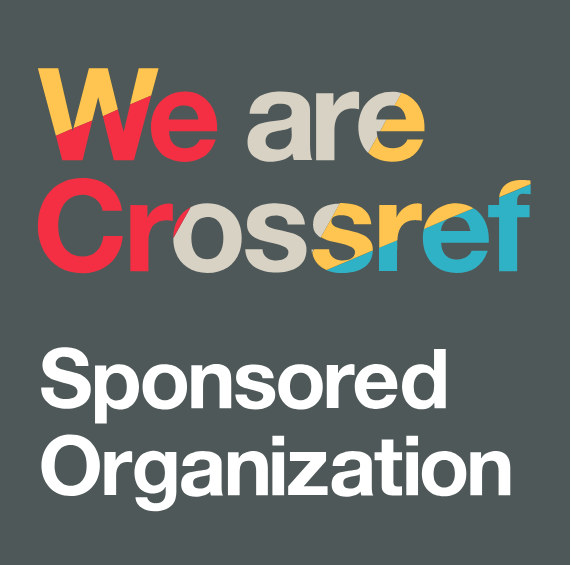Challenges in Implementing Restorative Justice for Children with Special Needs in Bukittinggi: The Role of Investigators and Third Parties
DOI:
https://doi.org/10.38035/sijal.v2i1.108Keywords:
Restorative Justice, Family Law, Third-Party Intervention, Empirical Law, Juvenile JusticeAbstract
Restorative approach in family law aims to restore balance and justice, especially for special needs children and their families. However, the implementation of this approach often faces various significant challenges. This article discusses the main issues faced by third parties including reporters of domestic violence by the heads of neighborhood associations, school teachers of special needs children, politicians, community groups, local online media reporters, police investigators, lawyers, and other relevant institutions when they fail to effectively implement corrective actions. This research utilizes both empirical and normative legal approaches to explore the factors hindering the success of the restorative approach and to formulate effective solutions. The research findings indicate that the main obstacles in the implementation of the restorative approach include a lack of understanding of the special needs of children, complex bureaucratic procedures, resource limitations, as well as stigma and prejudice against special needs children. This article proposes solutions including specialized training for third parties, simplification of bureaucratic procedures, increased resources, and anti-stigma campaigns. By implementing these solutions, it is hoped that the restorative approach can be more effective in restoring balance and justice for special needs children and their families. This article is expected to provide useful insights for family law practitioners and policymakers in efforts to improve access to justice through the restorative approach.
References
Ali, M. (2018). Pendekatan keadilan restoratif dalam implementasi sistem peradilan pidana anak di Indonesia. Jurnal Ilmu dan Kajian Kriminal, 1(1), 45-56.
Armstrong, D. (2020). Power and partnership in education. London: Routledge.
Daly, K. (2016). Restorative justice and family violence: A critical review. Criminology & Criminal Justice, 16(2), 207-224. https://doi.org/10.xxxx/xxxx
Dwi Astuti, R., & Handayani, E. (2020). Perlindungan hukum anak korban kekerasan dalam rumah tangga (KDRT) di Indonesia: Sebuah kajian normatif dan empiris. Jurnal Hukum, 27(2), 229-250. https://law.ui.ac.id/jurnal-ilmu-hukum/
Erny Herlin Setyorini, S., Sumiati, S., & Pinto Utomo. (2020). Konsep keadilan restoratif bagi anak yang berkonflik dengan hukum dalam sistem peradilan pidana anak. DiH, 5(3), 112-128.
Law No. 16/2019 on the Amendment of Law No. 1/1974 on Marriage. Indonesia.
Law No. 4/1979 on Child Welfare. Indonesia.
Law No. 35/2014 on the Amendment of Law No. 23/2002 on Child Protection. Indonesia.
Lilik Mulyadi. (2014). Perlindungan hukum anak jalanan. Universitas Diponegoro.
Muthmainnah. (2017). Early intervention proposal assisting special needs children and empowering families. Medical & Clinical Research, 5(4), 101-108.
Nandang Sambas. (2013). Hukum perlindungan anak di Indonesia. Bumi Aksara.
Saraswati, R. (2009). Perlindungan hukum anak terhadap korban kekerasan. UI Press.
Renita Dharma Pratiwi, R., Ardi, M., & Rosdiana. (2019). Kendala penerapan prinsip restorative justice dalam perkara tindak pidana anak. Jurnal Lex Suprema, 27(2), 115-130. https://doi.org/10.xxxx/xxxx
Shapland, J., & V. A. (2008). Restorative justice: The evidence. The Ministry of Justice.
The Universal Declaration of Human Rights (UDHR). (1948). United Nations. Retrieved from http://www.un.org/en/universal-declaration-human-rights/
Umbreit, M. S., & Armour, M. P. (2011). Restorative justice dialogue: An essential guide for practitioners. National Institute of Justice.
Downloads
Published
How to Cite
Issue
Section
License
Copyright (c) 2024 Sofyan Sofyan, Yuda Widodo, Naufal Ilham Ramadhan, Rahmiati Rahmiati, Deddi Fasmadhy Satiadharmanto

This work is licensed under a Creative Commons Attribution 4.0 International License.
Copyright :
Authors who publish their manuscripts in this journal agree to the following conditions:
- Copyright in each article belongs to the author.
- The author acknowledges that the Siber International Journal of Advanced Law (SIJAL) has the right to be the first to publish under a Creative Commons Attribution 4.0 International license (Attribution 4.0 International CC BY 4.0).
- Authors can submit articles separately, arrange the non-exclusive distribution of manuscripts that have been published in this journal to other versions (for example, sent to the author's institutional repository, publication in a book, etc.), by acknowledging that the manuscript has been published for the first time at SIJAL.






















